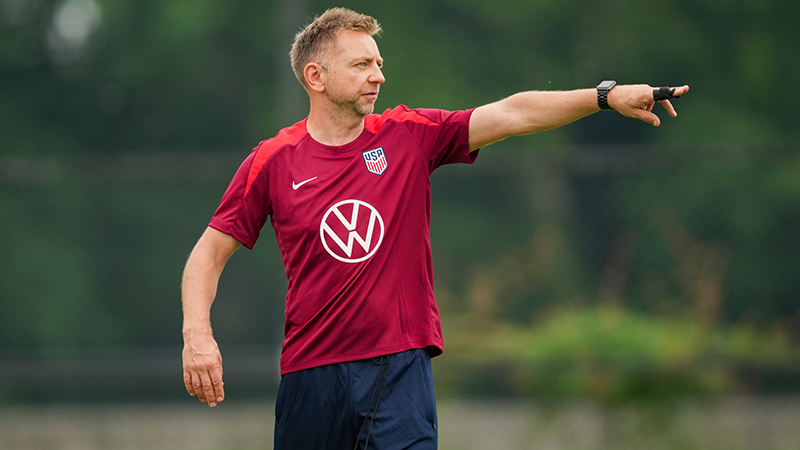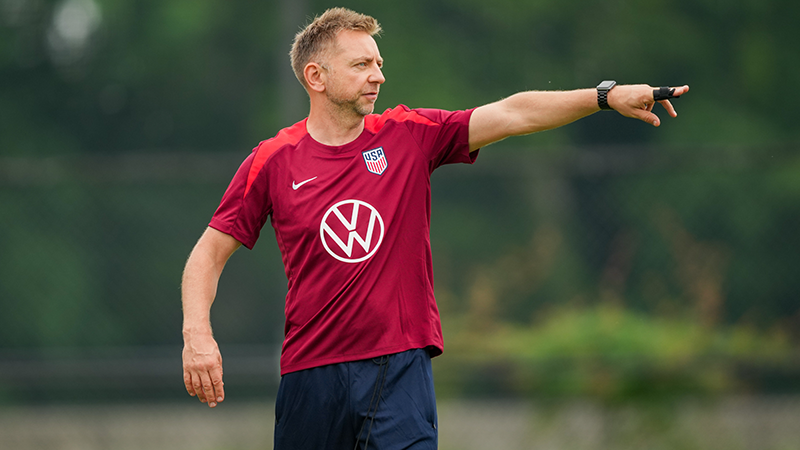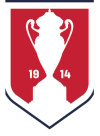The U.S. Soccer Federation is made up of 27 National Teams, nine of which are Extended National Teams, including Deaf, Cerebral Palsy, Power Chair, Beach and Futsal teams. So, while the crest denotes the highest pedigree in men’s and women’s soccer in the country, it also represents the opportunity for anyone to play the game in alternative ways.
It’s important to Stuart Sharp, head of Extended National Teams at U.S. Soccer, to use “extension” when talking about the nine teams that fall under his purview. When Sharp started at U.S. Soccer as the Cerebral Palsy Men’s National Team head coach in 2014, the team was listed as “other.” He and Jim Moorehouse, senior director of ENTs, transformedthe department to provide opportunity, grow soccer culture in the United States and lead the world in alternative forms of the game, reflecting the U.S. Way.
“We're all different shapes, we're different sizes, we have different skill sets,” Sharp said on the U.S. Soccer Podcast. “So, we have an opportunity in our department to create relevant role models well beyond the grass, the court or the sand for people to see [that] there's a National Team player that I aspire to be.”
The nine teams are often in action in matches across the world. Recently, the co-ed Power Chair National Team competed in a historic first-ever international friendly in England. The Men’s Deaf National Team will play in a double header with the USWNT in October on the way to the Deaflympics in Tokyo from Nov. 14-25.
“It's about high-level performance,” Sharp said. “These athletes want to be treated like National Team players and certainly that's our approach with our staffing and resources.”
The resources are in place, but at times, the awareness isn’t there. The opportunities on U.S. Soccer’s Extended National Teams are ripe for the taking, but recruiting can look different on the extended side of the game. Sharp isn’t above “sliding into DMs” of potential U.S. Soccer players.
“[It’s] crazy and apologetically, I will say yes,” Sharp said. “That's what we have to do. Podcasts like this, any news articles we put out there are a way of recruiting new talent across our Extended National Teams.”
Sharp recently came across National Team talent by searching the web, and sending a player a direct message on social media.Initially, they received a “no” from the atheletebut thatwasn’t a dead end for Sharp and his recruiting team. They reached out to a reporter who wrote a story on the athlete, got in touch with his family and recruited the future U.S. Soccer player.
There are few lengths Sharp won’t explore to offer someone who never thought they had an opportunity to play at the highest level of soccer.
“Many of our players had a major moment in their life or they were born with a disability or impacted in another way later in life [have] an opportunity to represent this nation on another level,” Sharp said. “... We're working with National Team athletes because that's what they bring to the table. They've all got interesting pasts, but it's about what they're doing currently and in the future.”






